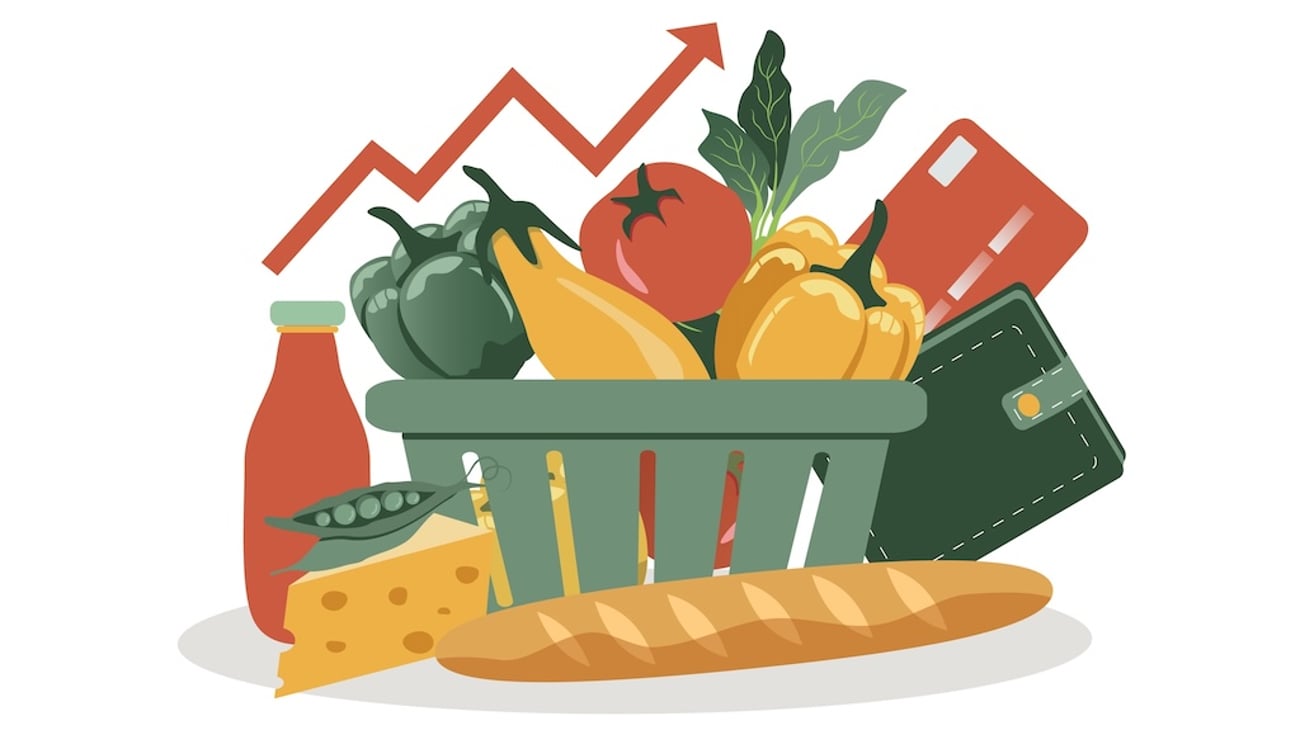As meat prices rise, cost-conscious Canadians are looking to alternatives
Unsurprisingly, the cost of living has been one of this election’s top issues. Most major parties have included measures to help Canadians, especially those with less means. However, according to some recent data, consumers are taking matters into their own hands to save a few bucks.
Meat represents a big portion of anyone’s food budget, roughly 20% on average. If saving money at the grocery store is someone's priority, cutting meat is an easy target. Recent retail sales data suggests Canadian consumers are already hedging against food inflation at the grocery store. According to some sources, meat sales have dropped significantly this year, especially in the last 12 weeks. Barbecue season is the most lucrative period of the year for the meat trifecta--beef, chicken and pork.
Across Canada, beef sales in volume at the grocery store have dropped by more than 6% since May. Even in Alberta, cattle country, beef sales have dropped by more than 6% since May. It’s even worse for chicken and pork. Sales in volume for chicken have dropped by more than 12%, and pork 17%. In Ontario alone, pork sales dropped 20% this summer. Even if consumers were going out more this summer compared to last spring, these drops are quite significant as many Canadians are clearly spending less time at the meat counter.
Meanwhile, retail prices are not shifting. While beef prices are up nearly 10% on average since January, according to Statistics Canada, pork and chicken are also more expensive despite sluggish sales. And don’t expect prices to drop anytime soon. Higher grain prices, lower inventories and supply chain disruptions are making meat an increasingly expensive choice.
Historically speaking, beef and pork are price-elastic, while poultry is relatively inelastic. In other words, when beef and pork prices are up consumers tend to settle for chicken. If chicken goes up in price, so will pork and beef because of its demand elasticity. And since grocers know that it is much harder to increase prices when offering discounts for an extended period, playing around with prices at the meat counter is not common practice.
This summer, the meat trifecta was severally impacted by consumers' reaction to higher meat prices. In most stores, even if the “enjoy tonight” deals offering products at 25% to 50% off can still be found, the perception that a trip to the meat counter will cost you dearly is ingrained in consumers’ minds. Many have been spooked and that’s never good business, especially for meat.
Consumers were startled by beef prices in 2014 with a 25% hike in just one month and many boycotted the meat counter for a while. But sales came back, even though prices barely dropped. In 2014, most Canadians were heavily committed to animal proteins, mainly because they were not aware of plant-based options. Today it’s different. As most Canadians remain committed to eating animal proteins, they are also game to try other, more affordable protein sources. In fact, sales for meat alternatives were up 4% this summer compared to the spring.
An average Canadian family of four can spend anywhere between $2,600 to $3,000 on meat products a year. Reducing a meat budget can make a difference. Canadians won’t give up meat anytime soon, but other options are within grasp.
According to some reports, Canadians are more food literate than before the pandemic. Most of us know more recipes and are willing to get more creative in the kitchen, which in turn may empower many to consider other protein ingredients. If meat is pricing itself out of the market, so be it. Canadians can handle it, at least more so then they used to.




